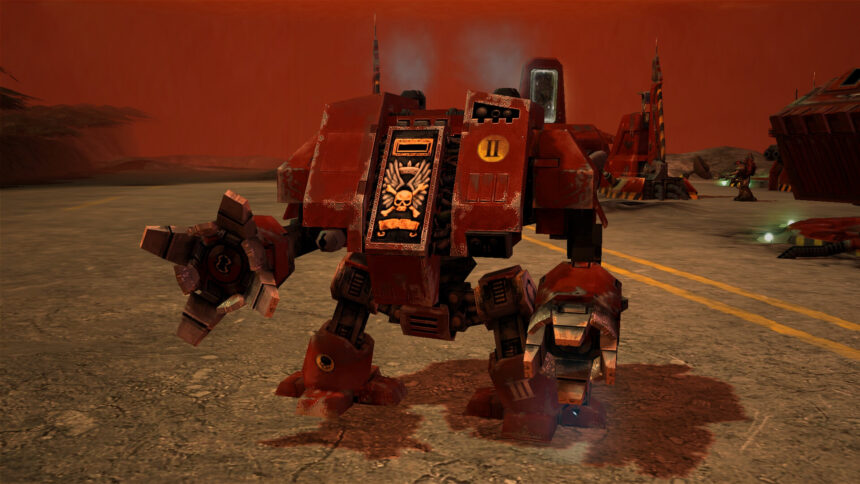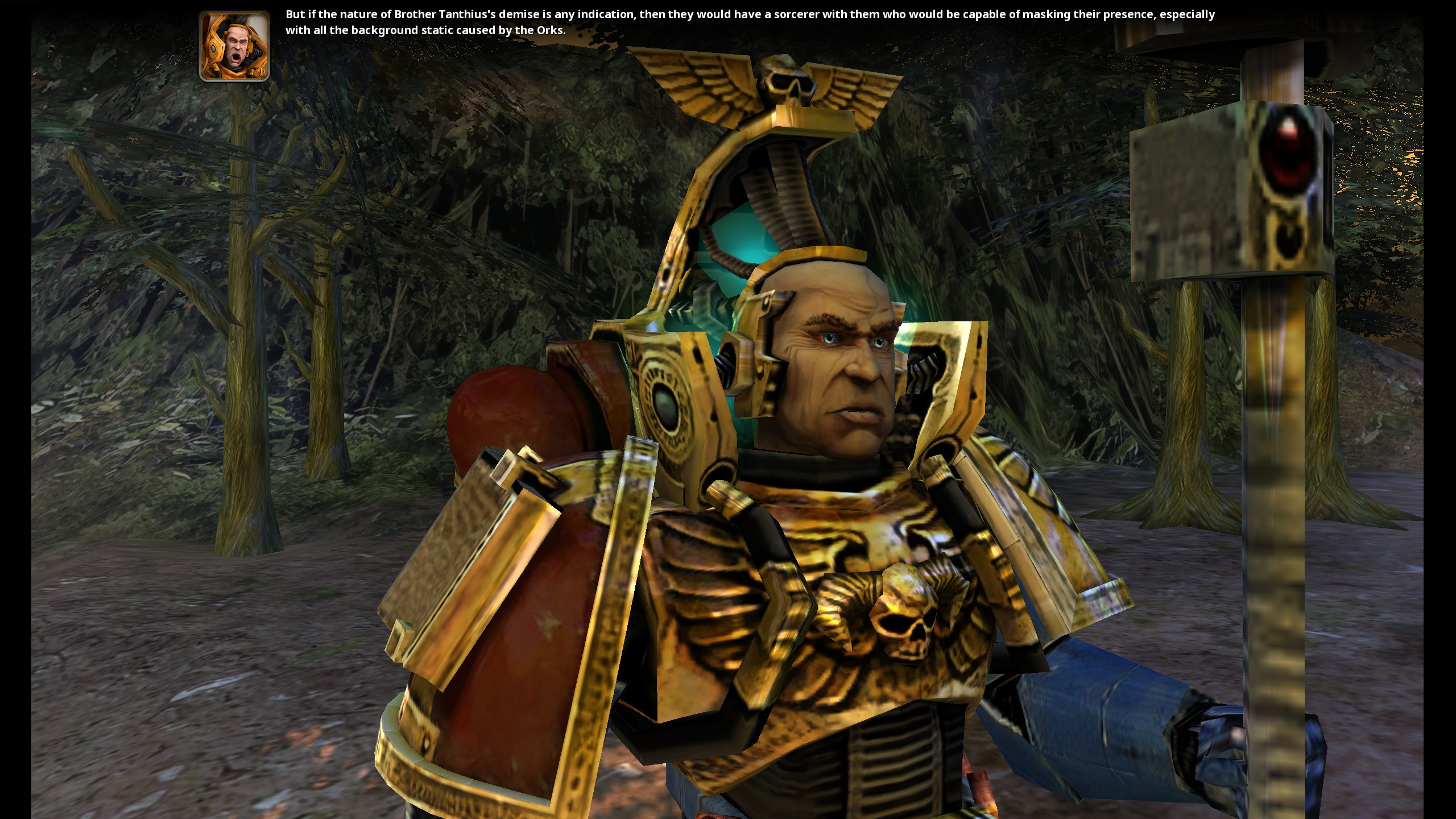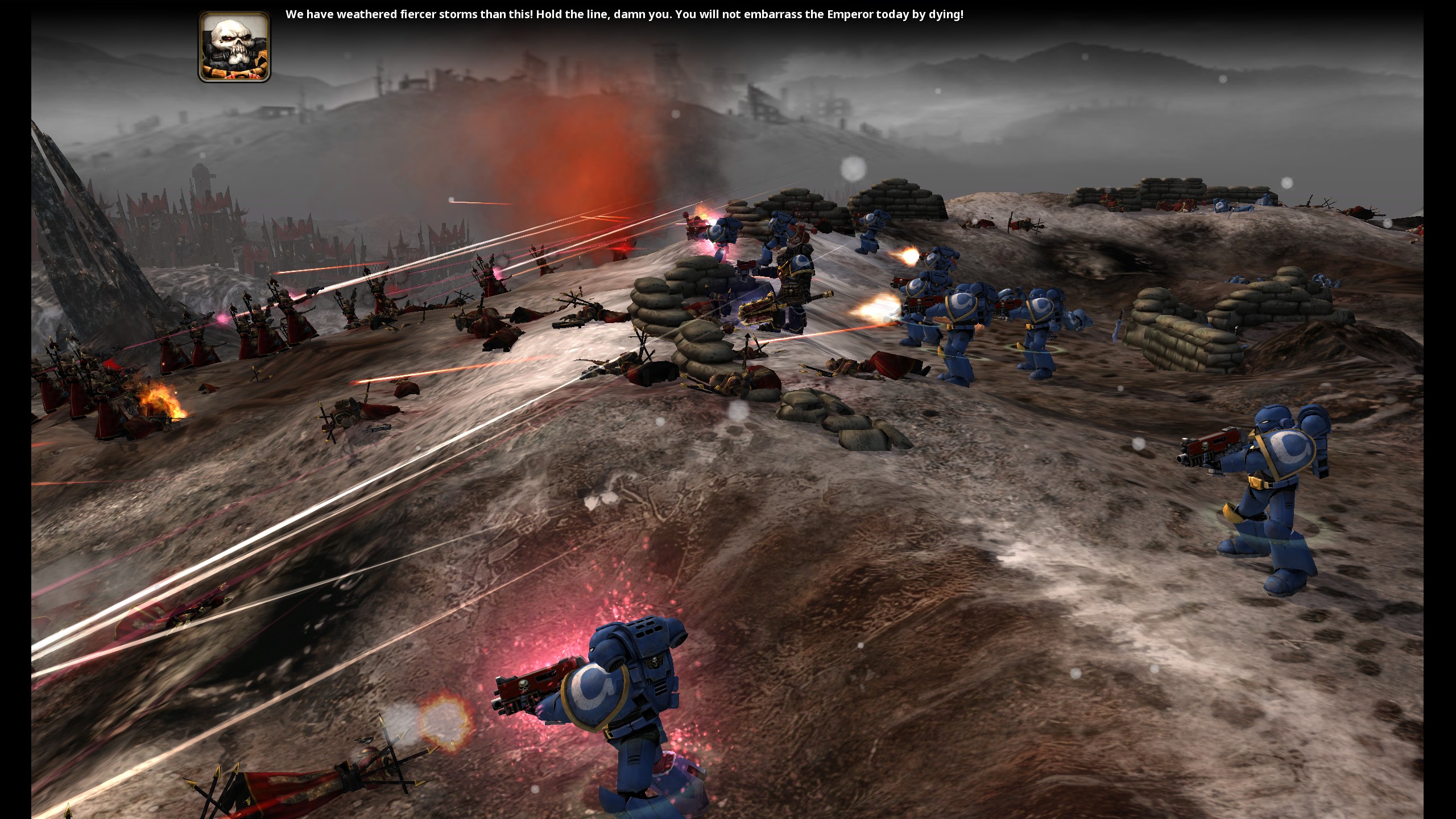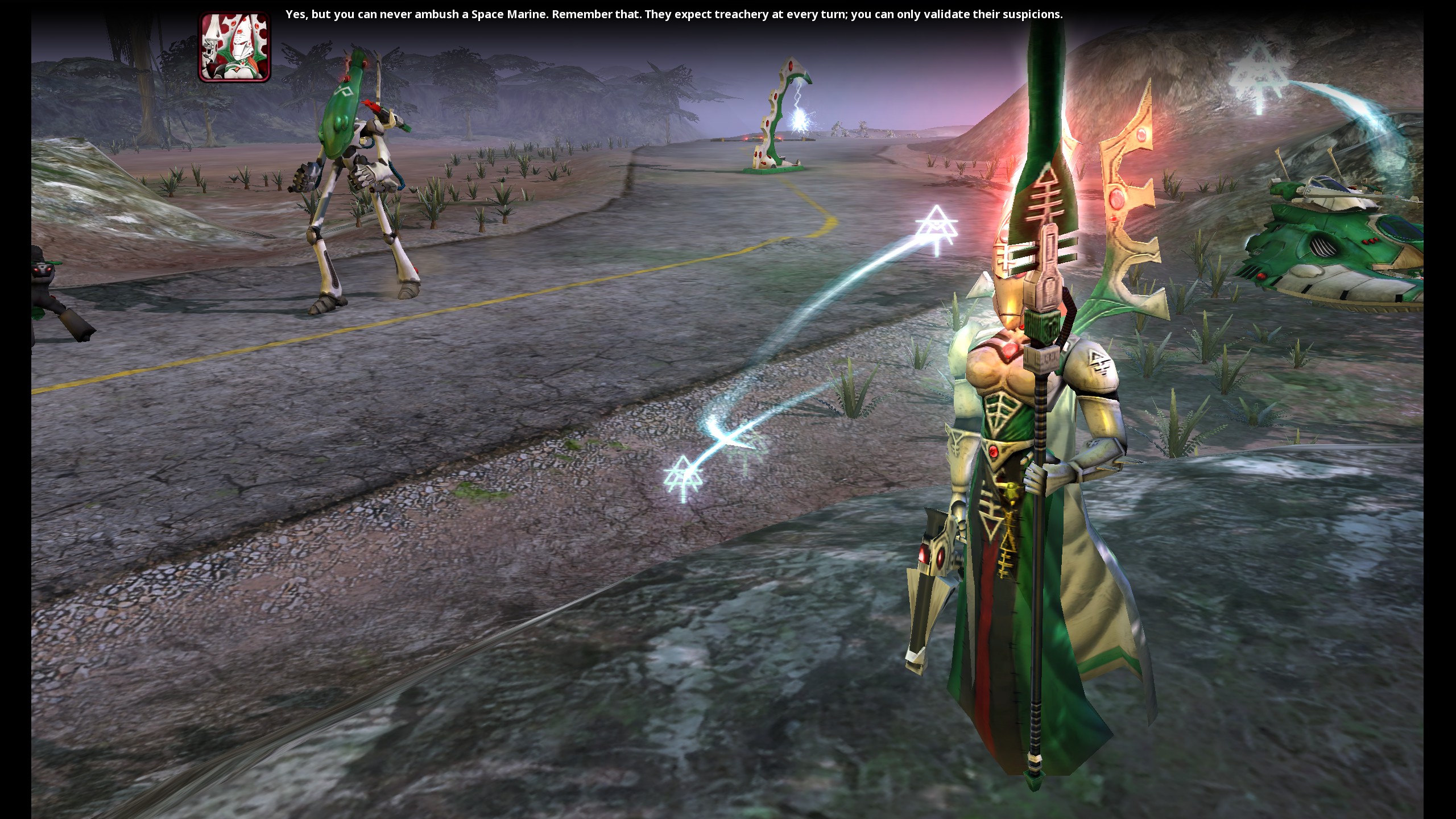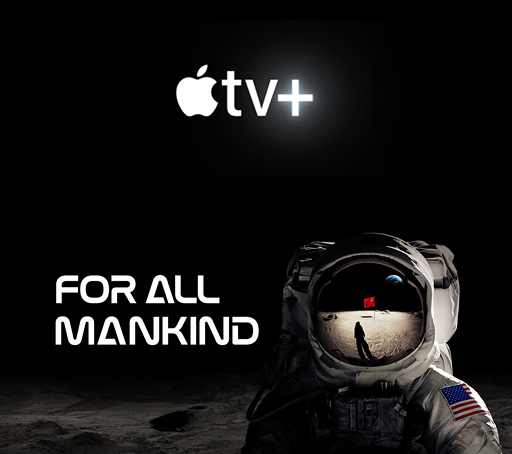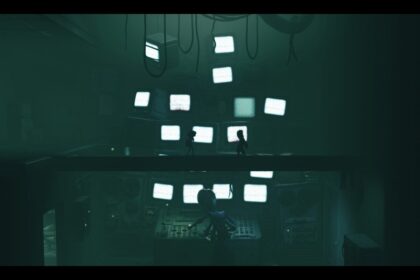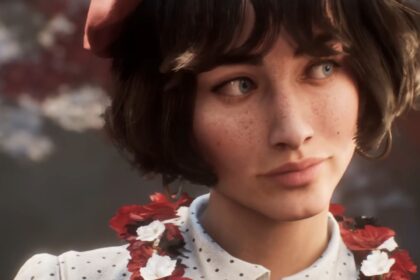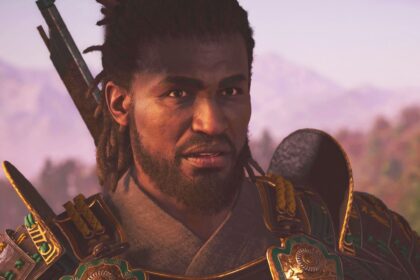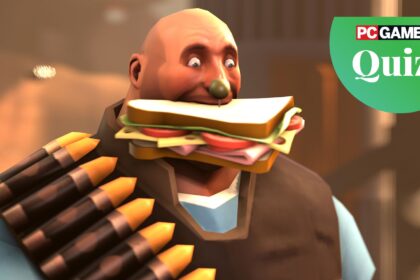The year is 2005 and I’m an impressionable 12 year old looking for my next gaming fix on our family PC. I slot in one of our many PC Gamer demo discs for a game called Warhammer 40,000: Dawn of War and boom (quite literally), the opening cutscene hits. I can tell you the exact moment I became a lifelong 40k fan: when that Dreadnought rumbles out of the fog and carves a path of bullets up the hill with its assault cannon.
It’s hard to express how formative discovering Dreadnoughts was for 12 year old me, but that opening cinematic holds a special place in the hearts of many—it’s easy to see why Relic led with the remastered version when revealing Dawn of War: Definitive Edition in this year’s Warhammer Skulls event. Dawn of War was the game that introduced many to the life-shattering dual-threat of RTS base building and Warhammer, and for me at least, 20 years—and 100s of Black Library novels—later, it’s an interest that’s stuck.
How has Dawn of War aged after 20 years, then? Like the finest wine, let me tell you. It’s honestly crazy how timeless these games are. After loading up the Definitive Edition I played the entire Dawn of War campaign in a single sitting, went to sleep, then got up and hopped into Winter Assault for pudding. As someone who plays a lot of Warhammer videogames, Dawn of War and its expansions remains the best 40k strategy game, particularly Dark Crusade, which is a masterpiece I hope Creative Assembly takes notes of when it inevitably makes Total War: 40k.
Now, don’t get me wrong, this isn’t the remake many might have wished for. It’s a 64-bit remaster—primarily a visual upgrade for modern displays—while the game itself feels pretty similar besides some QoL tweaks. In fact, during the second mission I found myself scouring the map for a single ork building I hadn’t destroyed and was chuckling because I remember doing the exact same thing 20 years back. Many of you might ponder why you’d pay $29.99 for a game you already own, potentially multiple times at this point, and it’s a fair criticism.
If you’re still big into Dawn of War mods, these changes are a must-have QoL adjustment.
So onto the elephant in the room: what difference do the changes make? When I went back to the Anniversary Edition to compare, I suddenly felt very close to the ground. One of the best things about the Definitive Edition besides the improvements in sharpness, detail, lighting, and visual fidelity, are the camera tweaks which allow you to be zoomed far out. It makes a massive difference in bigger battles and I think it’ll be great for mods enabling larger scale warfare. In general, I think if you’re still big into Dawn of War mods, these changes are a must-have QoL adjustment, and honestly, the jump to 64-bit is going to make a big difference for ongoing mod creation—and that’s not even mentioning the new mod manager.
No cinematics?
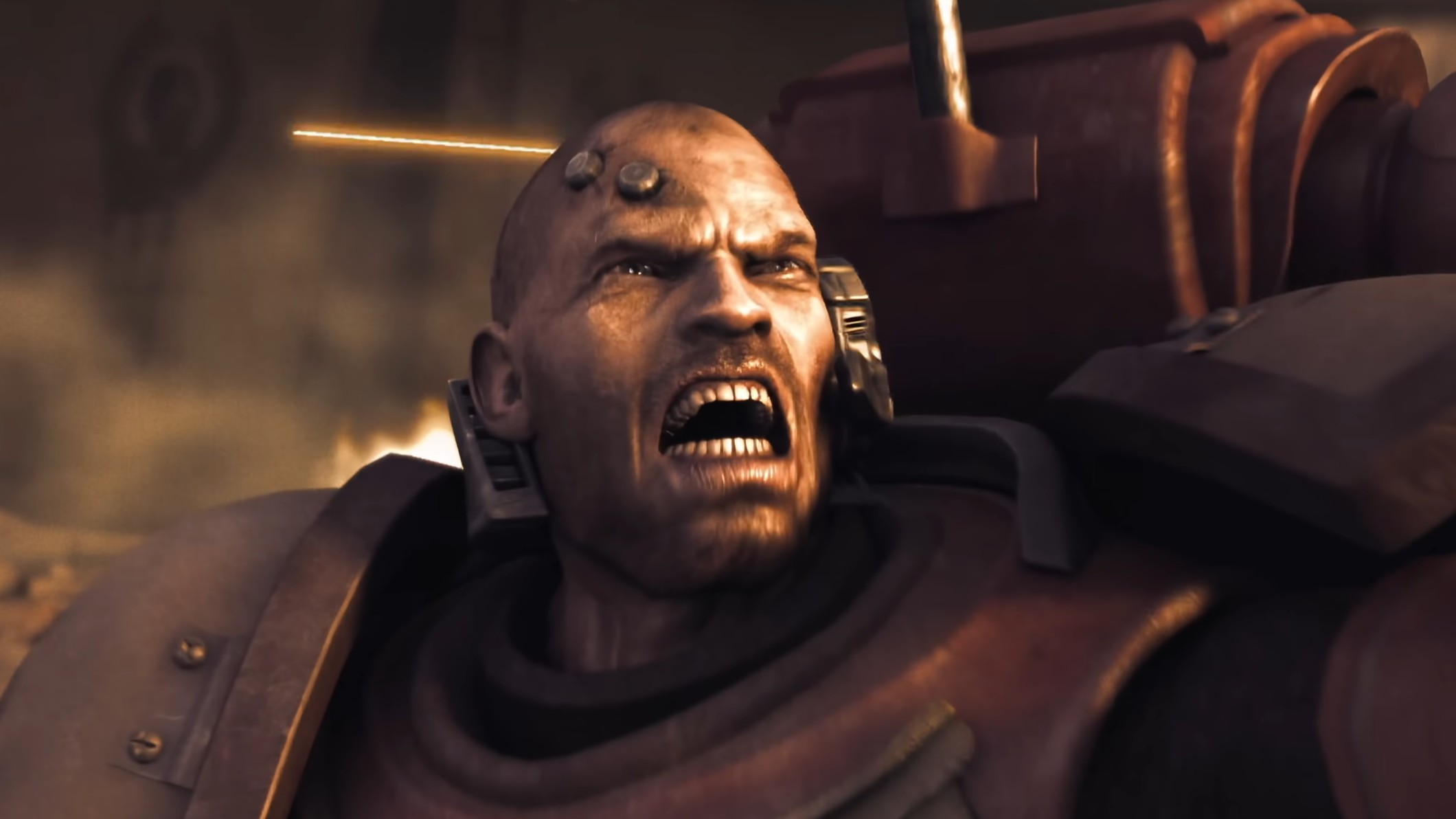
Even though it’s great that all the games are in one place, for some reason some of the opening cinematics have been removed. If you select Dark Crusade or Soulstorm, you’ll be taken straight to each campaign menu, skipping both the Necron intro and the Sisters of Battle intro. Though the latter isn’t as good as the former, it’s a bit of a shame considering how inseparable badass cinematics like this or this are from the identity of the series.
The HUD has also been tweaked for modern displays—rather than the original’s somewhat claustrophobic banner which took up the entire bottom of the screen, it’s been scooched over to the right and made a little more minimal, which gives you a better view of the battlefield and helps things feel a bit breezier.
Pathfinding for units is also massively improved, especially vehicles. I remember when playing the original campaign I had to destroy turrets on multiple occasions just to get my Land Raiders out of the base, but now vehicles will just go through each other instead rather than getting stuck on terrain, which makes moving giant armies far easier to manage. In fact, in both the base campaign and Winter Assault, I only had one pathfinding issue, where a Hellhound got wedged on the side of a narrow trench.
Another benefit to purchasing the Definitive Edition when you already own Dawn of War – Anniversary Edition is that you’ll get a 30% upgrade discount on Steam and GOG, making it more like $20. Though that still might be too much for many, for me personally, as someone who’s struggled to get my disc copies of Dawn of War and Dark Crusade working again, the convenience of having all the campaigns in one place and upgraded for modern visuals is well worth the cost. I think we’re all also desperate for another good 40k RTS or even a belated expansion, so maybe this is an instance of voting with your wallet.
While potentially not worth it if you’ve played the campaigns recently, I think if you’ve never played Dawn of War before, or if, like me, it’s been some years since you did visit them, I would 100% recommend grabbing the Definitive Edition—it just feels like the de facto way to experience them now they’re all collected and remastered, especially with the new mod manager and its support for existing mods. As you’d hope, I didn’t have any performance issues while playing, though I did get a couple of mysterious crashes.
The whole idea of unit cap, reinforcing units, strategic points, and the relic system are a timeless foundation.
So why is Dawn of War still so good after all this time, then? While playing through the campaigns I was reminded of the timelessness of Age of Empires 2 as an RTS, partly because of how good that game is at creating fun strategic scenarios that align with the story, and Dawn of War is very similar. The original campaign (and Winter Assault) both have such strong narratives for RTS games, but it’s the way they express what’s happening through strategic play that makes them special. This is all further bolstered by amazing unit design, sync kill animations, plus fantastic voice acting, yup great voice acting, seriously, so much good voice acting (OK, just one more).
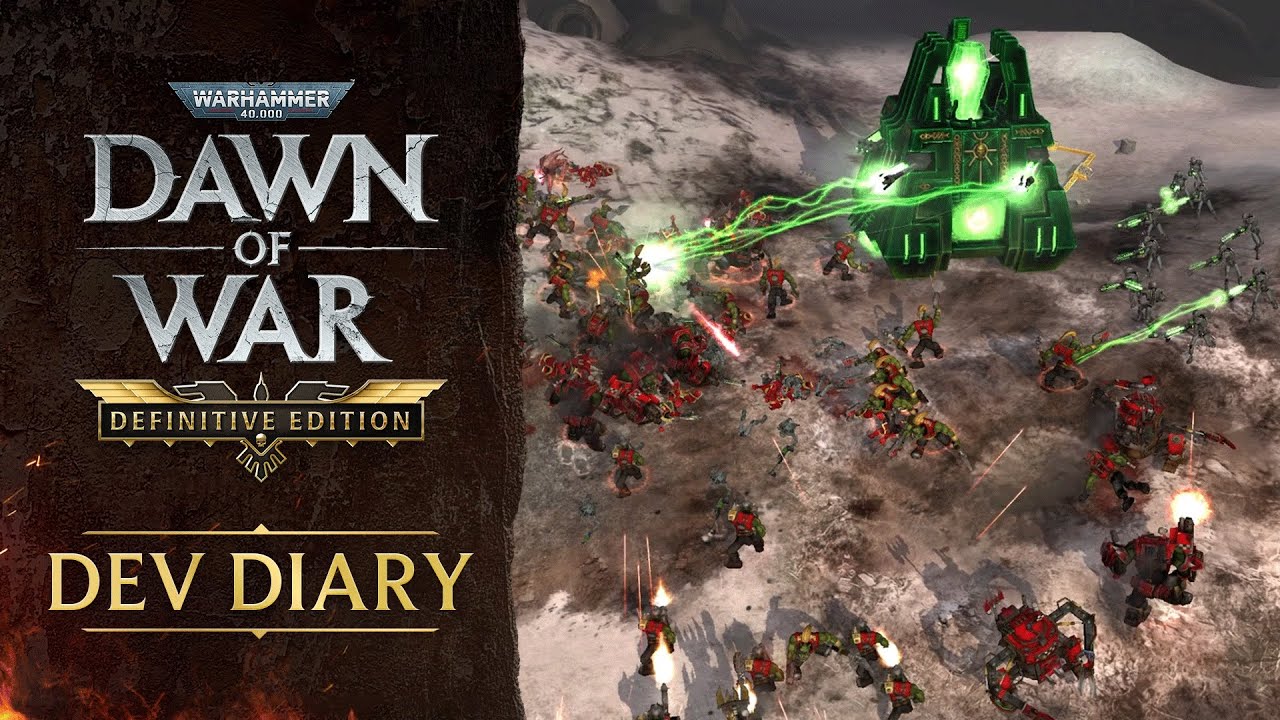
Watch On
You can see how this idea evolves with the later expansions, Dark Crusade and Soulstorm, both of which have freeform campaigns involving overworld maps, but still feature unique scenario battles when assaulting faction strongholds or certain regions with special bonuses. The whole idea of unit cap, reinforcing units, strategic points, and the relic system are a timeless foundation, as you hold territory to gain resource and advanced unit access. The entire game is a formula you can factor up and replay endlessly—one of the reasons I think Dawn of War has such a rich history of modding.
Most of all, having read so many Black Library novels set in the universe, I think Dawn of War is really good at telling a quintessentially 40k story, especially for a strategy game. Landing on a planet and watching as everything goes to shit via the machinations of various interloper factions is essentially grimdark storytelling 101. You can see it repeated in countless 40k novels, games, and other properties—and it’s a narrative structure that works for a reason. All this and more are how Dawn of War manages to feel almost as fresh now as it did 20 years ago.
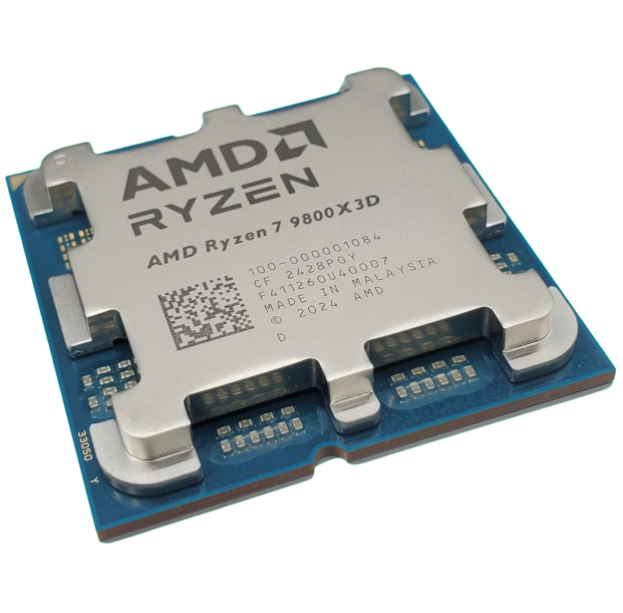
Best PC build 2025
Read the full article here



